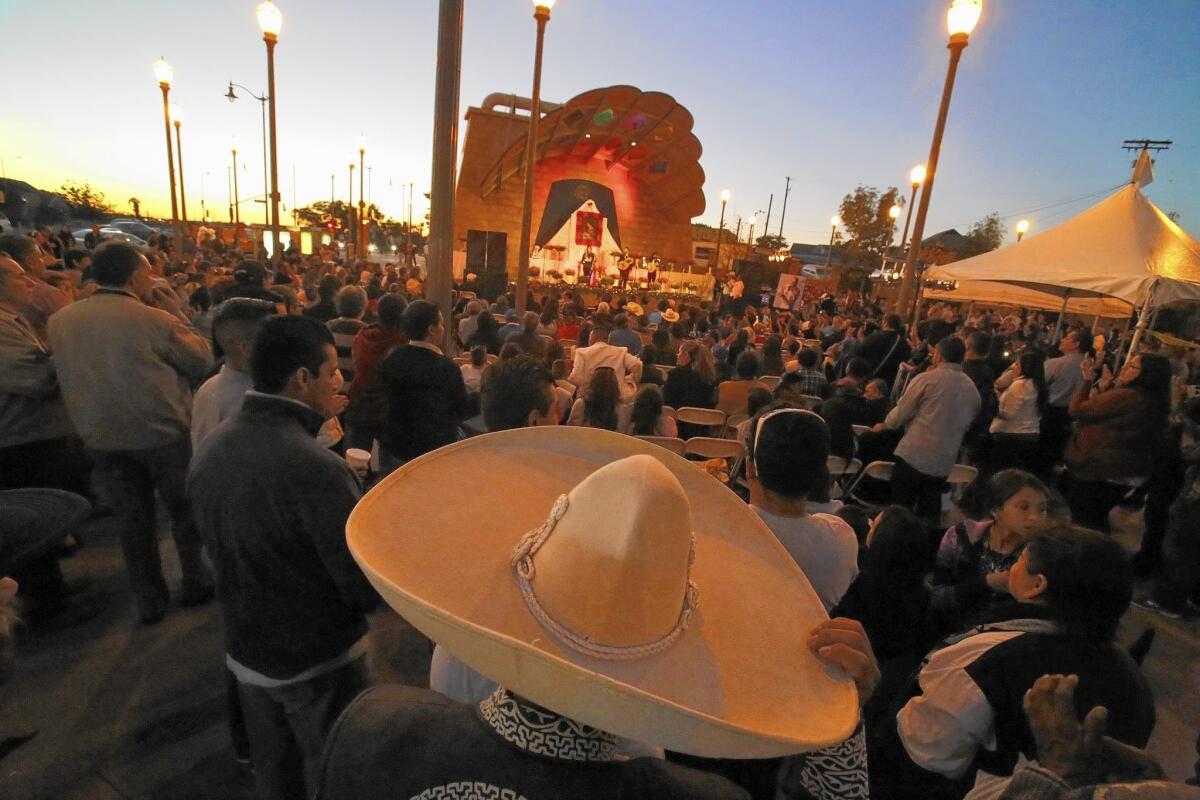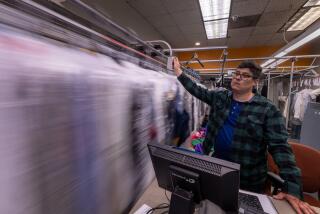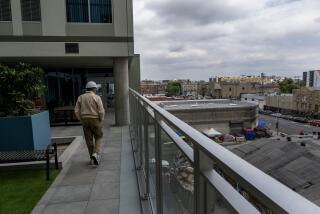Boyle Heights residents force a fresh start on Mariachi Plaza project

First, they chased away the downtown Realtor, worried that his bike tour would bring too many outsiders.
Then they pulled the plug on the Mariachi 5K, saying it insulted their musicians.
This week, the people of Boyle Heights came together to shut down a proposed shopping center at Mariachi Plaza.
In places like San Francisco, so-called gentrifiers seem like an unstoppable force of nature. Boyle Heights has them on their heels. The neighborhood that was the center of Jewish life in the 1920s has taken the offensive in the fight to preserve its now-Mexican identity.
The Mariachi Plaza plan had called for a sleek $49-million development at the iconic square on 1st and Boyle streets: an eight-story building with six levels of parking and two floors of medical offices, along with a gym, restaurants and shops.
Critics rallied against the project in November, saying the community was not included in the planning process. Many said the proposal was sterile, with too much parking and no affordable housing. They feared it would displace business owners and the dozens of mariachis who flock there daily to search for work.
But Boyle Heights’ battle goes beyond the shopping center. For more than a year, many in the historic neighborhood have been on edge and quick to protest the growing number of investors who are swooping in to transform the area with pricier and more refined offerings, such as breweries, artisanal bakeries and galleries.
Mariachi Plaza, which Latinos consider the cultural heart of the Eastside, struck a particular nerve.
Some businesses are excited that new residents with higher incomes and Westside tastes could soon be moving in. Some property owners have already raised rents, hoping to secure more well-off tenants. But backlash against the development had grown so strong that the Metropolitan Transit Authority, which owns most of the land, began an official public meeting Thursday by saying the agency was ready to retreat.
“We know you’re mad,” said Jenna Hornstock, Metro’s deputy executive officer for countywide planning and development. “We’re pretty much assuming that we’re starting from scratch on this. We’re starting all over and we’re going to do it better next time around.”
That concession did little to appease the 200 or so people who had poured into the Puente Learning Center. Activists, grandmothers, teenagers and high school students — from Boyle Heights and beyond — stepped to the microphone to tell MTA representatives exactly what they don’t like about their development plan.
“We’ve already lost Echo Park, Silver Lake, downtown and now we’re being squeezed out by prices,” said Adriana Alvarez, a psychiatric social worker who grew up in the neighborhood. “We want our paleteros [ice cream vendors] and our taco stands. We don’t need glitter and glamour. That’s what this looks like — arrogance and colonization.”
For 21/2 hours, people railed against the project and pleaded their cases for alternative plans.
The people who were most vocal were those who believe that outsiders who don’t understand the joy of rancheras streaming from cars or the aroma of menudo on a Sunday morning will destroy their neighborhood’s way of life.
At the meeting, no one spoke in support of the proposed shopping center, which would have brought new resources and jobs. Instead, they suggested a wide range of ideas for the space: cultural center, park, theater, grocery store, ESL classes, art galleries, community center, artisan booths.
Joshua Pineda, a 26-year-old entrepreneur and hotel worker, suggested a building that would be donated to the public for free programs and events.
Xochitl Palomera, a board member with Corazon del Pueblo, a cultural center that recently had to close because of higher rent, asked for a space to put on plays.
“Let’s give the community a place where you can go de-stress,” she said. “Where you can take your kids and they won’t be asking parents for things they can’t afford.”
Many told Metro officials that what they expect most is to be included in the planning process, to let the neighborhood steer the project.
And though it wasn’t clear from the hodgepodge of suggestions what that would look like, many in the audience made one point clear: Don’t touch the murals.
Those include the colorful images of the mariachis, the Virgin Mary and the folklorico dancers splashed along the walls of the low-hung buildings that form the plaza’s backdrop. Those structures will probably need to be razed to make room for a new development.
“Destroying those murals will be like destroying Mt. Rushmore,” said Rafael Chagoya, a member of the Boyle Heights Neighborhood Council. “The community doesn’t want you to touch those in any shape or form.”
Not that everyone considers everything about the square sacrosanct. Joaquin Castellanos, who lives near the plaza, requested that whatever is built not obstruct the view of downtown skyscrapers. He also asked for someone to quiet down the mariachis, who, according to him, sing too much.
“I know it’s our culture,” he said. “But culture has a limit, and sometimes you just need peace and quiet.”
More to Read
Sign up for Essential California
The most important California stories and recommendations in your inbox every morning.
You may occasionally receive promotional content from the Los Angeles Times.











